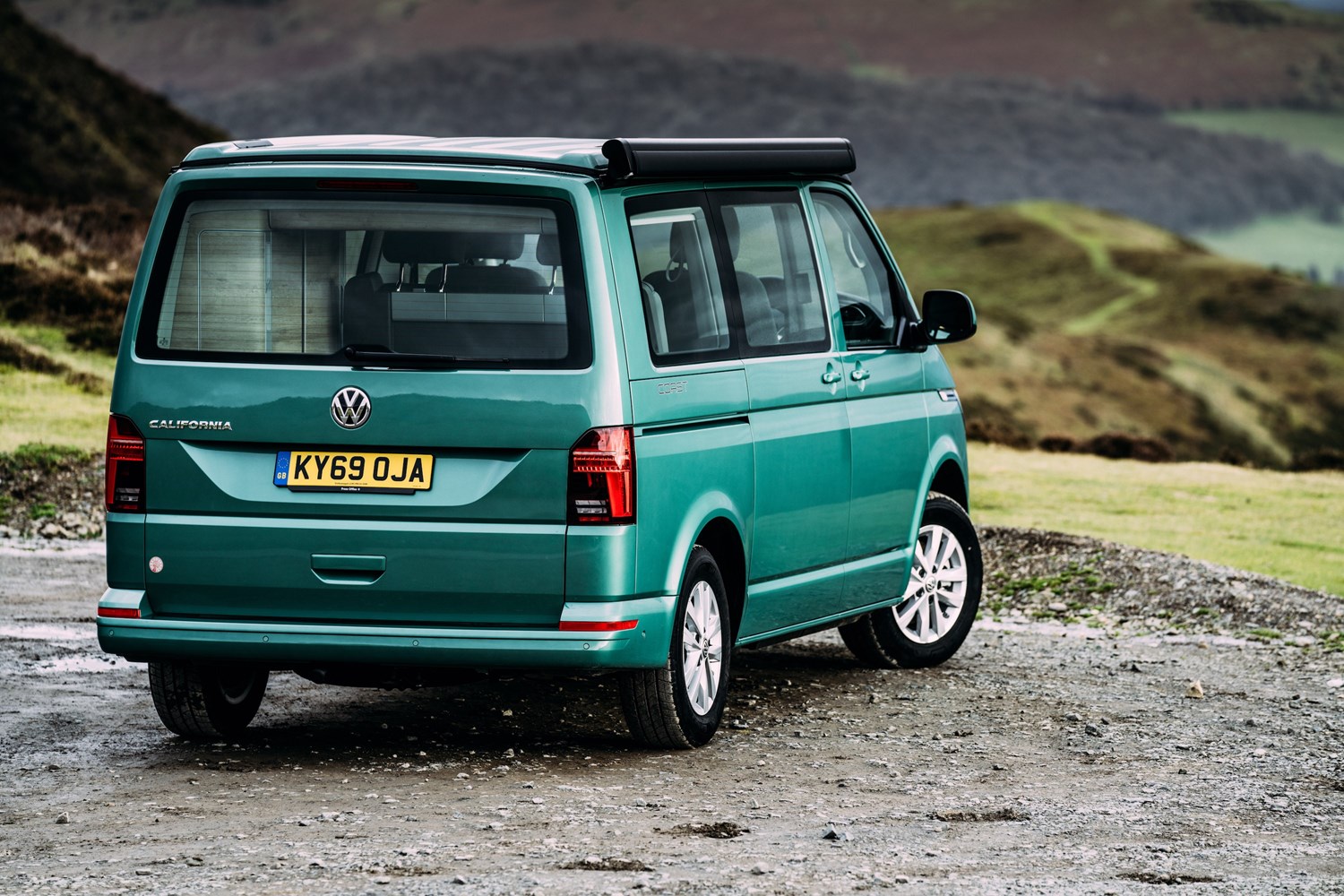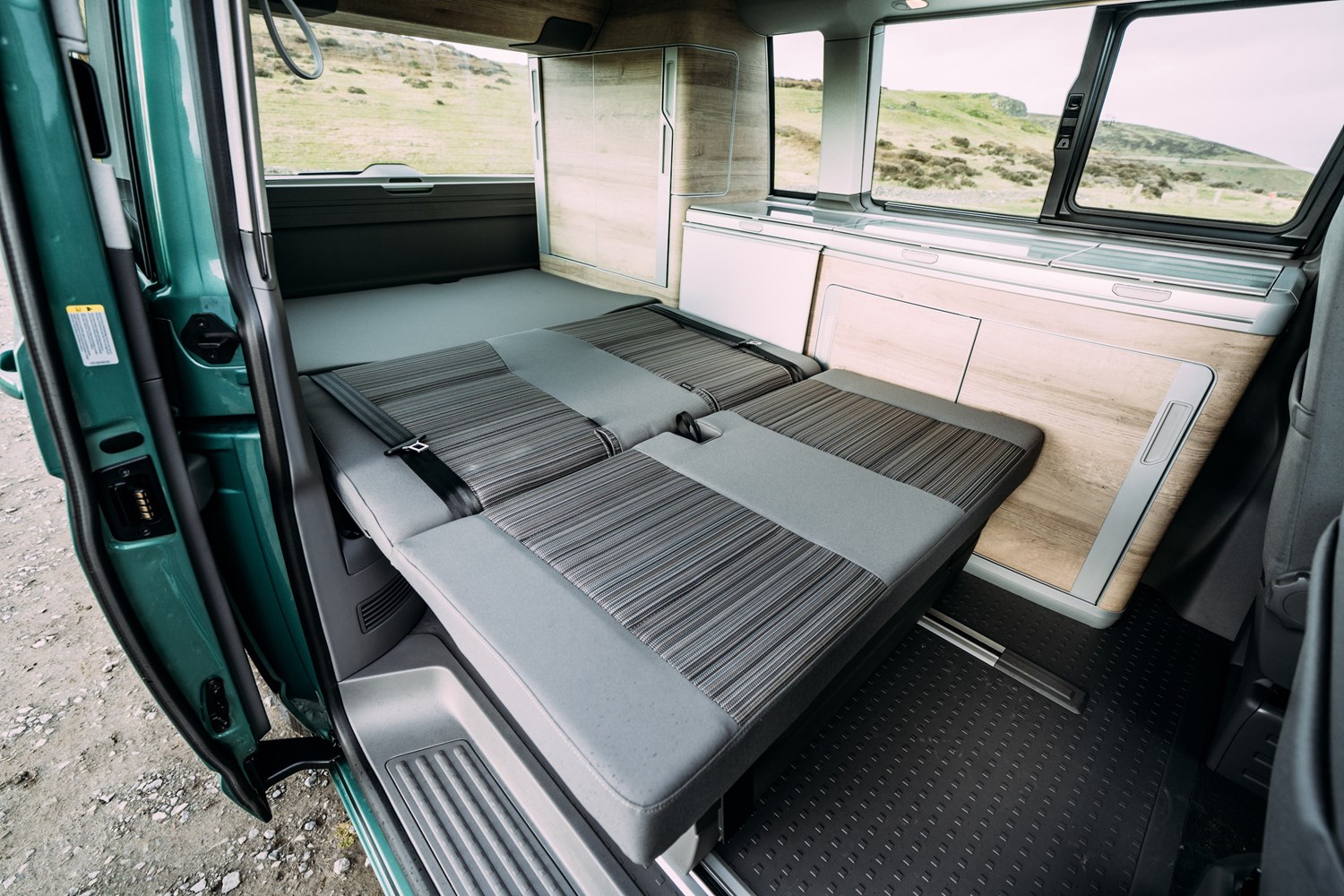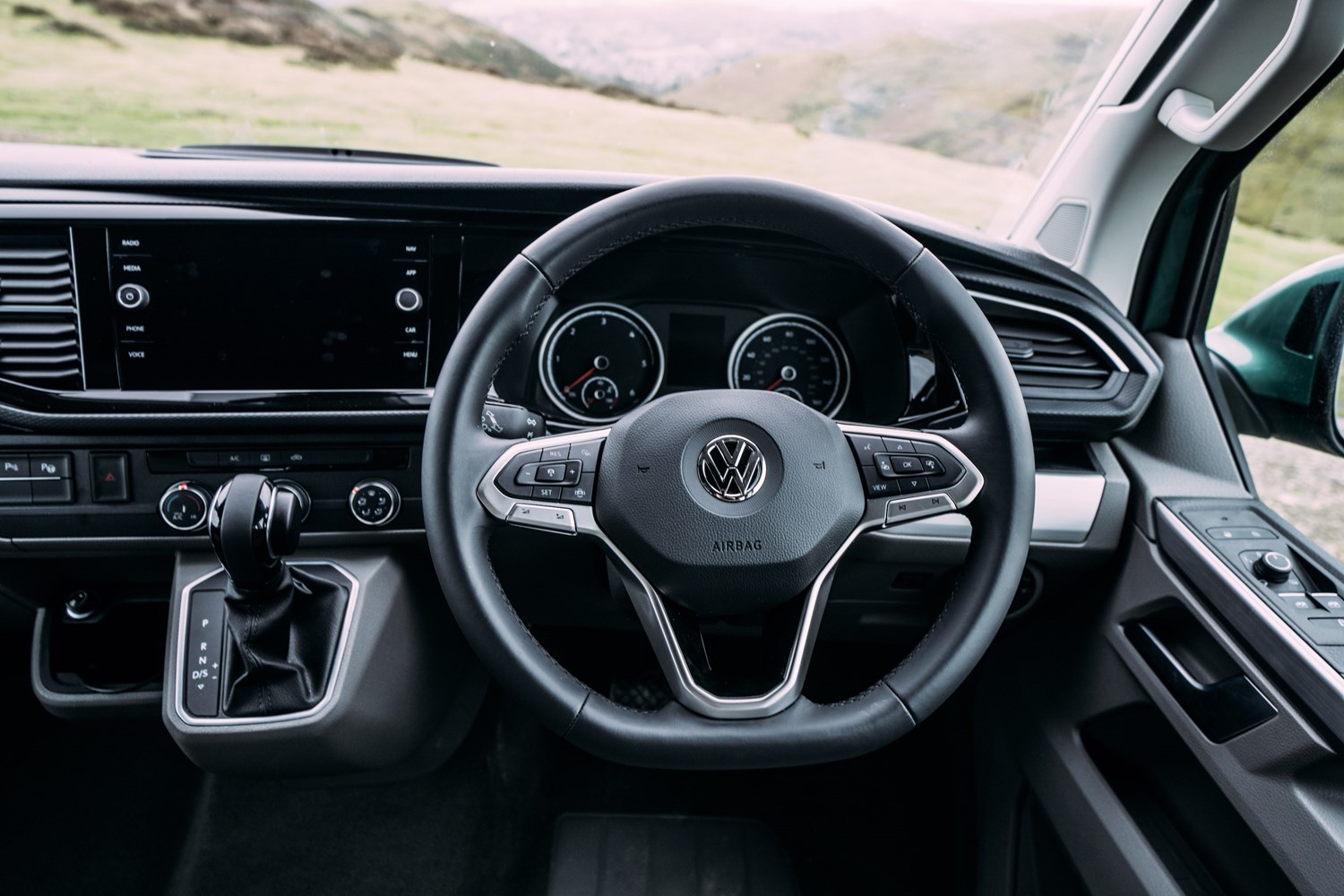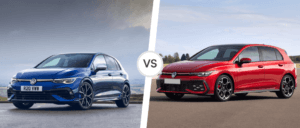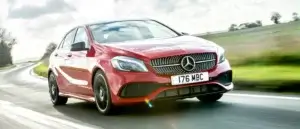Latest model
Transporter is shortened to ‘T’ when it comes to naming these VWs, and we’re now on the T6 generation, which was introduced in 2015.
And then in 2019 came the turn of the heavily revised T6.1 model, which introduced a bolder front end design with additional chrome and LED daytime running lights as standard.
There was also an even greater strive for practicality – including push buttons that open up the kitchen surfaces, a new touchscreen system to control the lighting and temperature along with more comfortable beds.
Value for money
While the California might be dripping in desirability, one thing it most certainly isn’t is cheap. No, these VW campers most certainly come at a price, starting from £55,000 or nearly £70,000 for the top-spec versions, even before you’ve ticked any optional extras. You’ll also want to set aside a good £5,000 or so to allow you to create the exact campervan you want, as there’s little point in cutting corners when you’re spending this kind of money.
It’s therefore little wonder that a lot of the Volkswagen campervans you see for sale aren’t genuine California's, but rather converted Transporters available at a fraction of the price. There are plenty of conversion companies up and down the country that do this, too, so if you’re not as bothered about having the real deal, the aftermarket route could be worth considering. Just make sure all work has been carried out to a high standard.
However, few things hold their value better than a California, with eight-year-old examples often still costing well in excess of £40,000, while long waiting lists mean that discounts on nearly-new models are few and far between.
Looks and image
Camper vans have always been desirable and popular, and in recent years they’ve become even more in demand. And the van that most people aspire to own is the Volkswagen California. Campervans don’t come much more coveted than this, and thanks to the extensive customisation options – both in terms of the way it looks and how you specify the inside – it’s a van you can truly tailor for your own tastes.
Despite being a campervan, the interior of the California is much more car-like than you might expect – the design mirroring that of Volkswagen’s cars, while high-spec versions feature an upmarket digital dials system. The quality is superb throughout – this being a key reason why people buy a California over just a regular converted Transporter.
Another big positive for the California is its ease of driving. It’s a relatively compact size, which makes it very easy to manoeuvre – whether you’re driving down tight city streets or narrow country lanes. It means that, outside of camping, plenty of people choose to use their California's every day, as it could be easily used as a car as well.
